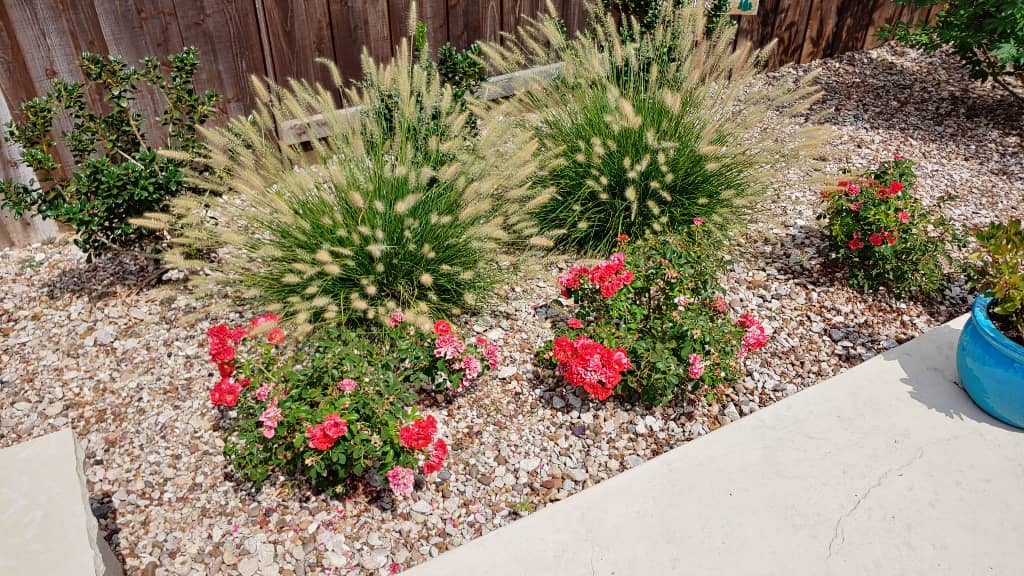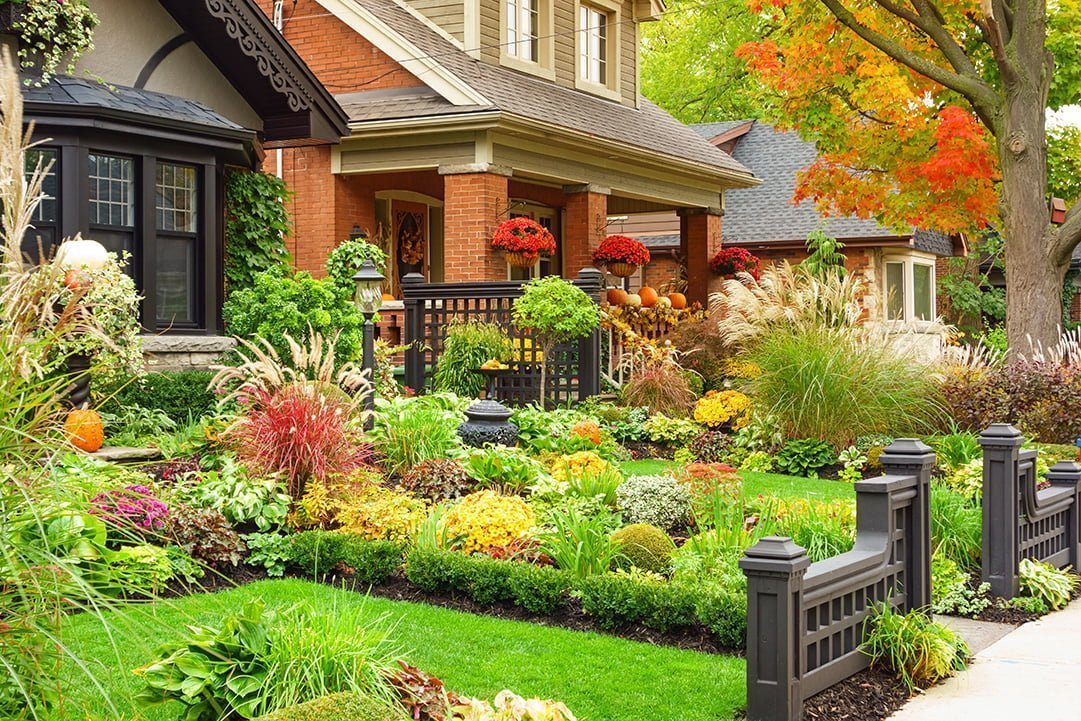The best time for landscaping depends on various factors. These include climate, plant types, and personal schedules.
Landscaping can transform your outdoor space into a beautiful oasis. But timing is crucial to ensure success. Different seasons offer unique benefits and challenges for landscaping projects. Understanding these can help you plan better and achieve lasting results. In this post, we will explore the best time to undertake different landscaping tasks.
From planting trees and shrubs to laying sod and installing hardscapes, we’ll cover it all. This guide will help you make informed decisions and get the most out of your landscaping efforts. Ready to make your yard the envy of the neighborhood? Let’s dig in!

Credit: www.mainstreetlawncare.com
Introduction To Landscaping Timing
Timing is crucial for successful landscaping. Plants need the right conditions to grow well. Planting in the wrong season can lead to poor growth. Timing affects soil, weather, and plant health. Spring and fall are ideal for many plants. These seasons offer mild weather. Summer and winter can be too harsh. Proper timing ensures plants thrive.
Proper timing helps plants establish strong roots. It also reduces water needs. Plants grow faster and healthier. You save time and effort. Less maintenance is needed. Proper timing also helps prevent pests and diseases. Your garden looks beautiful. Healthy plants improve air quality. Good timing brings more blooms and fruits. Everyone enjoys a lush garden.

Credit: www.hightechlandscapes.com
Seasonal Landscaping
Spring is a great time to start landscaping. The soil is soft and easy to dig. Plants and flowers begin to grow again. This season is ideal for planting new trees and shrubs. Fresh mulch can help keep weeds away. Spring rain helps plants grow strong.
Summer brings warm weather and bright sunshine. Watering is important to keep plants healthy. Early morning or late evening is best for watering. Trimming and pruning help plants look neat. Summer is also a good time for mowing the lawn. Keep an eye out for pests and insects.
Fall is a time of change. Leaves fall and create a beautiful scene. This is the best time for planting bulbs for spring flowers. Raking leaves keeps the yard clean. Adding compost improves soil for next year. Fall is also a good time to aerate the lawn.
Winter is a quiet time for landscaping. Plants and trees rest. Snow can protect plants from cold. Covering plants with burlap can help. Pruning trees in winter is easy. This helps them grow better in spring.
Climate Considerations
Knowing your climate zone is very important. Different plants thrive in different zones. Use a zone map to find yours. Planting in the right season helps plants grow strong.
Regions have unique weather patterns. In the south, warm seasons last longer. The north has shorter growing seasons. Choose plants that suit your local climate. Some plants need more sun, others need more shade. Match plants to your region for the best results.

Credit: www.designoneinc.com
Soil Preparation
Testing soil quality is the first step in soil preparation. Use a soil test kit to check the pH level. Good soil has a pH between 6.0 and 7.0. Look for nutrients like nitrogen and phosphorus. Healthy soil will help plants grow better.
Amending soil means improving it. Add compost to make the soil rich. Compost adds nutrients that plants need. Mix compost into the soil well. Use a shovel or a rake. This helps plants get the nutrients and grow strong.
Plant Selection
Native plants are better for your garden. They need less water and care. These plants also help local wildlife. Birds and bees love them. They are used to the local weather. So, they grow well and stay healthy. Adding native plants can make your garden look natural. It saves time and effort too.
Seasonal plants add color to your garden. Choose plants that bloom in each season. Spring flowers can be tulips and daffodils. Summer flowers can be sunflowers and roses. Fall plants can be chrysanthemums and asters. Winter plants can be pansies and holly. This way, your garden looks good all year round. Seasonal plants keep your garden interesting.
Watering Schedule
Early morning is the ideal time for landscaping. Plants get enough time to absorb water before the sun rises high. This reduces evaporation and ensures healthy growth.
Efficient Watering Techniques
Watering in the early morning is best. Plants absorb water well then. It also prevents disease. Late afternoon is also good. Avoid watering at night. This can cause mold. Use a soaker hose. It saves water. Water deeply, not often. Roots grow stronger this way.
Seasonal Watering Needs
Different seasons need different watering. In spring, water plants more. They grow fast. Summer needs more frequent watering. Heat dries soil quickly. Fall needs less water. Plants prepare for winter. Winter needs minimal watering. Plants are dormant.
Maintenance Tips
Keep your plants healthy by pruning and trimming them regularly. Remove dead or damaged branches to help plants grow better. Trim shrubs and hedges in spring or fall. Always use sharp tools for clean cuts. This prevents plant disease. Pruning at the right time helps plants bloom beautifully.
Mulching helps keep soil moist and blocks weeds. Use organic mulch like bark or leaves. Spread mulch in spring and fall. Fertilizing provides nutrients for plants to grow strong. Use a balanced fertilizer. Apply in spring when plants start growing. Avoid over-fertilizing. It can harm plants. Follow instructions on the fertilizer bag.
Expert Advice
Many people plant too early in spring. This can harm new plants. Overwatering is also a big mistake. It can drown roots and cause diseases. Ignoring soil quality leads to poor plant health. Always test soil first. Choosing the wrong plants for your region can result in failure. Plants need to match the climate. Not planning for growth is another error. Plants need space to grow.
Consult professionals to get the best results. Experts know which plants thrive in your area. They can help with design and layout. Professionals understand seasonal needs of plants. They can advise on proper care and maintenance. Trusting experts can save time and money in the long run.
Frequently Asked Questions
What Is The Best Season For Landscaping?
The best season for landscaping is usually spring. This is when plants grow vigorously. Early fall is also ideal for planting.
Can You Landscape In Winter?
Landscaping in winter is possible but challenging. The ground can be hard and plants may not establish well.
How Does Climate Affect Landscaping Timing?
Climate greatly affects landscaping timing. Warmer climates allow for year-round landscaping. Colder climates have restricted planting windows.
When Should You Start Planting Flowers?
Start planting flowers in early spring. This allows them to establish before summer heat. Late fall planting is also effective.
Conclusion
Choosing the best time for landscaping is crucial for success. Spring and fall are ideal for planting. These seasons offer mild weather. Your plants establish roots better. Summer is good for maintenance, like mowing. Winter is perfect for planning your next project.
Remember, each season has unique benefits. Plan according to your local climate. With the right timing, your landscape will thrive. Happy landscaping!

My mission is to help you bring the beauty of nature indoors with expert advice, detailed plant care guides, and creative design ideas.





Leave a Reply